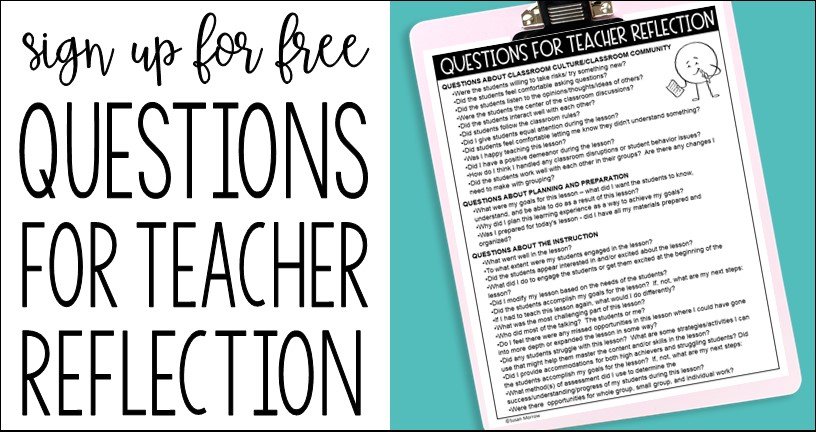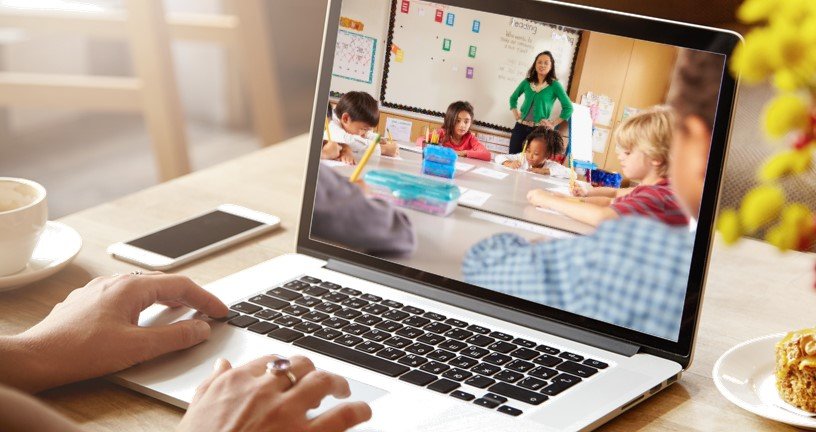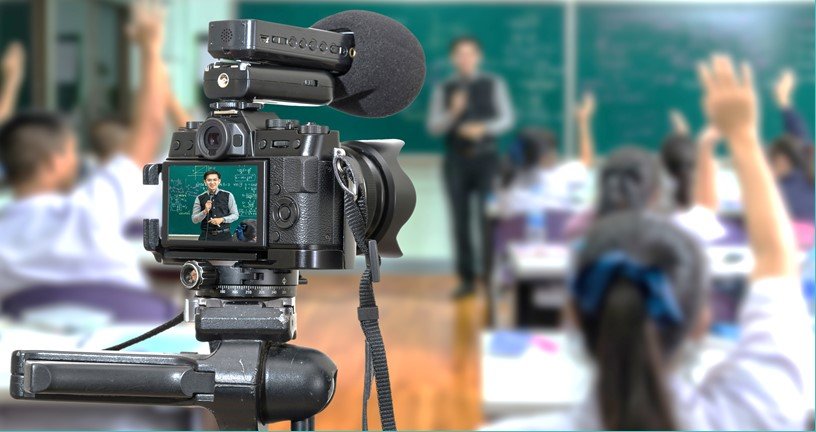As educators, we constantly strive to bring our best selves to the classroom. Yet, amid the daily whirlwind of lesson plans, grading, and student needs, true growth often stalls. The missing piece? Purposeful self‑reflection. When woven into your routine, self‑reflection has the power to shift your practice from competent to truly inspired—reinvigorating your teaching, deepening student learning, and reminding you why you chose this profession in the first place.

From Overwhelmed to Empowered
My early teaching years were a blur of bell-to-bell busyness. I raced through lessons, rushed paperwork, and left school each day eager to switch to my “other job” as a single mom. If a lesson flew, I chalked it up to “good kids.” If it faltered, I blamed circumstances beyond my control. Reflecting on my own performance felt like yet another task I couldn’t afford.
Then, in 2002, I embarked on the National Board Certification process. Recording lessons on video, collecting student work samples, and—most critically—writing detailed reflections on what went well, what didn’t, and how I’d refine the lesson next time completely changed my perspective. I realized that reflection wasn’t punishment; it was the pathway to purposeful growth.
Self‑reflection isn’t about assigning blame or hunting perfection—it’s about identifying opportunities to learn.
Why Reflection Matters
- Continuous Improvement
No lesson is flawless, and that’s a good thing. If you’re never finding areas to tweak, you’re probably standing still. Reflection helps you spot—and celebrate—small victories while pinpointing tweaks that can lift your teaching to new heights. - Deeper Student Understanding
By analyzing how students respond—verbally, behaviorally, emotionally—you uncover insights into their learning needs. Reflection transforms those insights into action, tailoring instruction for maximum impact. - Professional Renewal
Teaching can become routine without intentional pauses for reflection. Taking time to examine your practice staves off burnout, renews your passion, and reminds you of your purpose.
Five Practical Reflection Strategies
- Release the “Perfect Lesson” Myth
Perfection is the enemy of progress. Instead of lamenting what “should have” happened, ask: What surprised me today? Where did students shine? Where could I refine my approach next time? This mindset frees you from self‑criticism and keeps your focus squarely on growth. - Use Guided Prompts
A simple list of questions keeps reflection focused and efficient. Here are a few examples:- Classroom Community: Were students comfortable taking risks? Did they collaborate effectively?
- Planning & Preparation: Did my lesson materials support my learning objectives?
- Instructional Moves: Which engagement strategies worked? How did I respond when students struggled?
- Start Small, Focused, and Frequent
You don’t need an hour every evening. Pick one or two areas—say, student engagement or questioning techniques—and reflect on them for five minutes after class. Over time, rotate through other prompts. This prevents overwhelm and keeps reflection manageable. - Harness the Power of Video
Watching yourself teach can feel awkward, but it’s a goldmine of insight. Record a single lesson and observe it from a spectator’s viewpoint. On your first viewing, mute the audio and watch only your students’ reactions—body language, eye contact, on‑task behavior. On subsequent viewings, turn the sound back on and focus on your pacing, wait time after questions, or the depth of your probing prompts. Invite a trusted colleague to watch with you and offer feedback. Be prepared: the truth you see on screen is your greatest ally in refining practice. - Turn Reflection into Action
Awareness alone isn’t enough. Each reflection should end with a clear, achievable goal. For instance:- Goal: Increase wait time after asking open‑ended questions.
- Action Step: Count silently to five before calling on a student.
- Measure: Note the number of seconds you wait in your next three lessons.

Building a Sustainable Reflection Habit
- Routine Integration: Tie reflection to an existing habit—your drive home, a morning cup of tea, or the last five minutes of planning period.
- Safe Space: Keep reflections private unless you choose to share. Honesty thrives in a judgment‑free zone.
- Peer Partnerships: Pair up with a colleague for reciprocal lesson observations and reflection sharing. A fresh perspective can illuminate blind spots.
The Ripple Effect
When you commit to regular self‑reflection, the benefits extend far beyond your practice:
- Students sense your growth mindset and feel safer taking intellectual risks.
- Classroom culture deepens, as you adapt and respond to student needs with clarity and empathy.
- Your professional satisfaction blossoms, powered by the knowledge that you’re always moving forward.
Bottom Line: There are no perfect teachers—only educators who never stop learning. By embedding self‑reflection into your routine, you unlock a powerful engine of continuous improvement. So take a few minutes today to pause, ponder, and plan. Your future self—and your students—will thank you.



